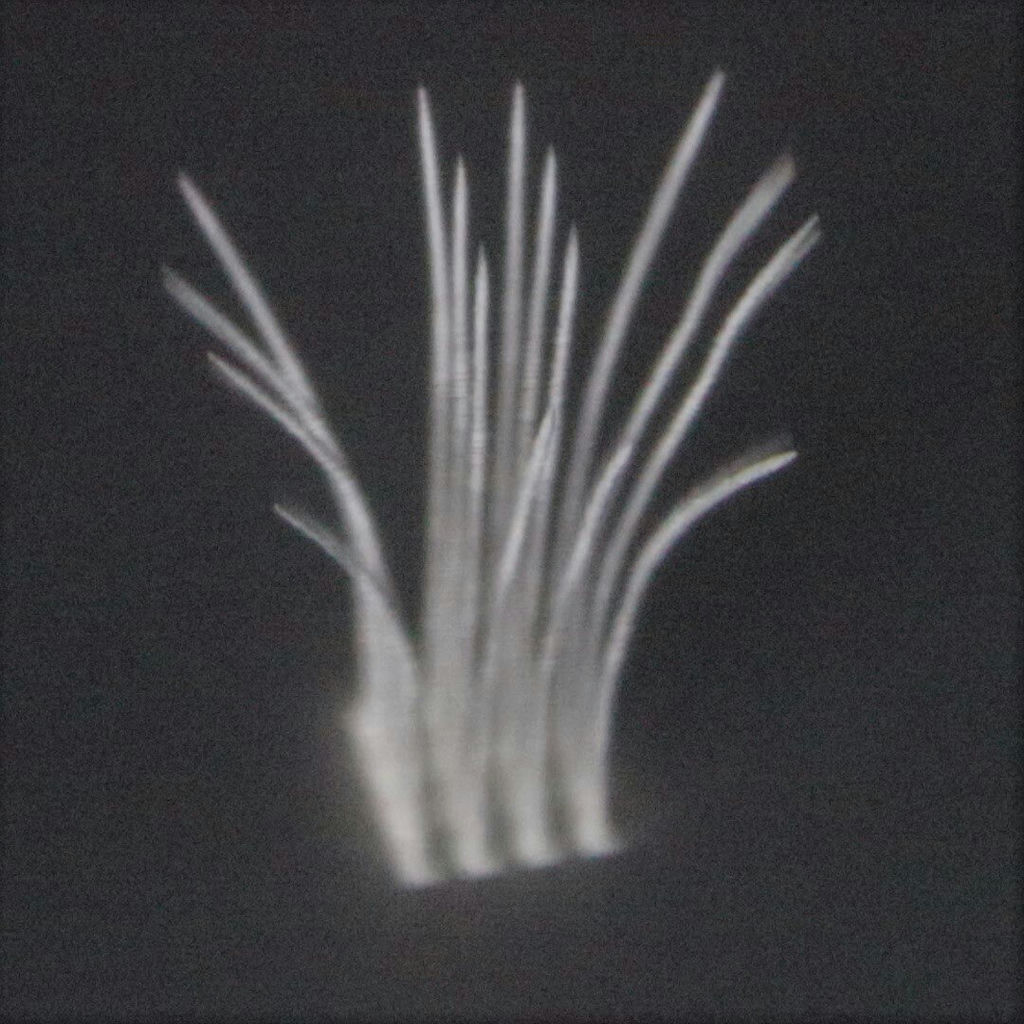Carnegie Mellon University Professor Rahul Panat, and his team, were developing a new type of 3D printed Brain-Computer Interface (or BCI) device where custom micropillars capture the communication signals from neurons when they stumbled upon an unexpected problem: the micropillars in the array bent during sintering. These BCI devices, now called “CMU Arrays,” stack millions of metal nanoparticles in 3D space and then sinter, i.e., fuse them together.
In a rather dramatic illustration, a time-lapse film from their experiment, the silver micropillars opened in a highly coordinated fashion like a blooming flower during the 12-hour sintering process to 150-300 °C. This phenomenon was completely unexpected as sintering theory predicts no permanent distortion, even under variable temperatures.
Panat led an interdisciplinary team of researchers from Carnegie Mellon and Washington State University on a quest to not only determine why there was such a distortion, but to more importantly, find a way to control it. In fact, if controlled, the research would lead to world’s first illustration of sintering as mechanism of “4D printing,” a relatively new discipline within additive Manufacturing (AM) where 3D printed objects are transformed into another shape using sources like heat, water, or other environmental stimuli.
Through their investigation, the team conclusively proved that mass transport was necessary to cause the permanent shape change. They defined two possible mechanisms of distortion and formulated first-of-a-kind continuum model that accurately predicts distortion and parameters that control it. Their findings are published in the latest issue of the journal Nature Communications Sandra Ritchie, a senior Ph.D. candidate in Mechanical Engineering, is the lead student of the study.
“It’s very exciting that we could solve a fundamental problem in additive manufacturing that was the primary barrier to achieve near-net-shape parts using AM. Such parts do not require additional processing, which reduces costs and saves energy,” said Panat, who added, “The idea of sintering as a way to achieve 4D printing will open new research directions.” Since current efforts to reduce distortion in 3D printing are largely limited to tedious trial-and- error approaches, solving this problem could be a key enabler for advancing additive manufacturing technology.
The experiments using micropillars were exciting, but to restrict the shape change to one direction, the authors devised a new set of experiments to create 20 and 35 μm thick micro walls. Optical imaging could then be used to accurately measure the distortion (bending in this case). As was the case with the micropillars, the curvature of the microwalls increased as the sintering proceeded to reach a peak value, before exhibiting a mild recovery. Thermal measurements showed that the microwalls always bend toward the hotter side, indicating mass transport via differential sintering.
This research addresses a fundamental issue in additive manufacturing and is expected to open up research that Panat hopes to continue in operando microscopy to observe mass transport during distortion, temperature control to achieve 4D printing on different configurations, and the development of models that predict shape change for complex shapes as would be expected in large parts for industries such as aerospace structures.
Subscribe to AM Chronicle Newsletter to stay connected: https://bit.ly/3fBZ1mP
Follow us on LinkedIn: https://bit.ly/3IjhrFq
Visit for more interesting content on additive manufacturing: https://amchronicle.com


